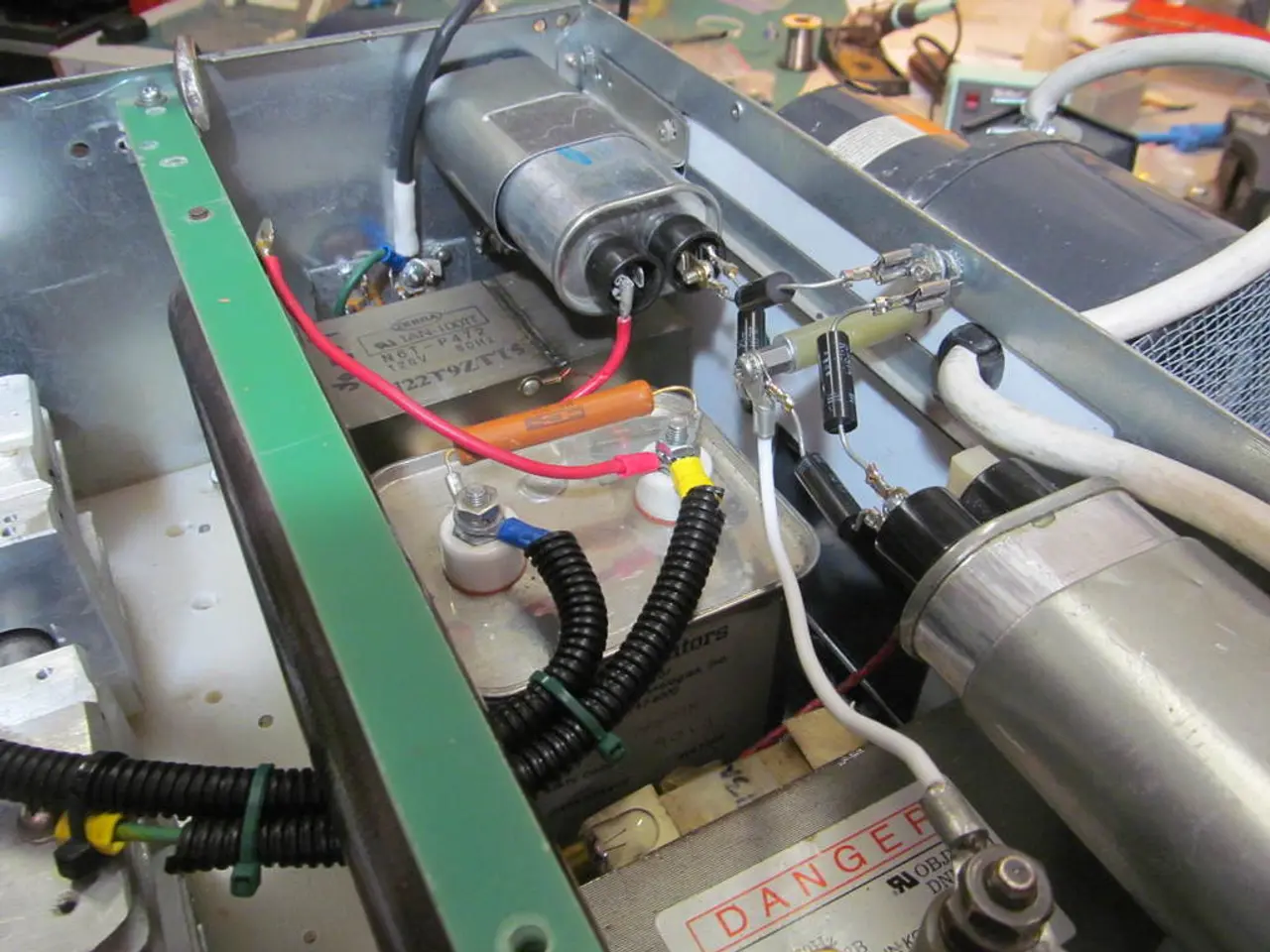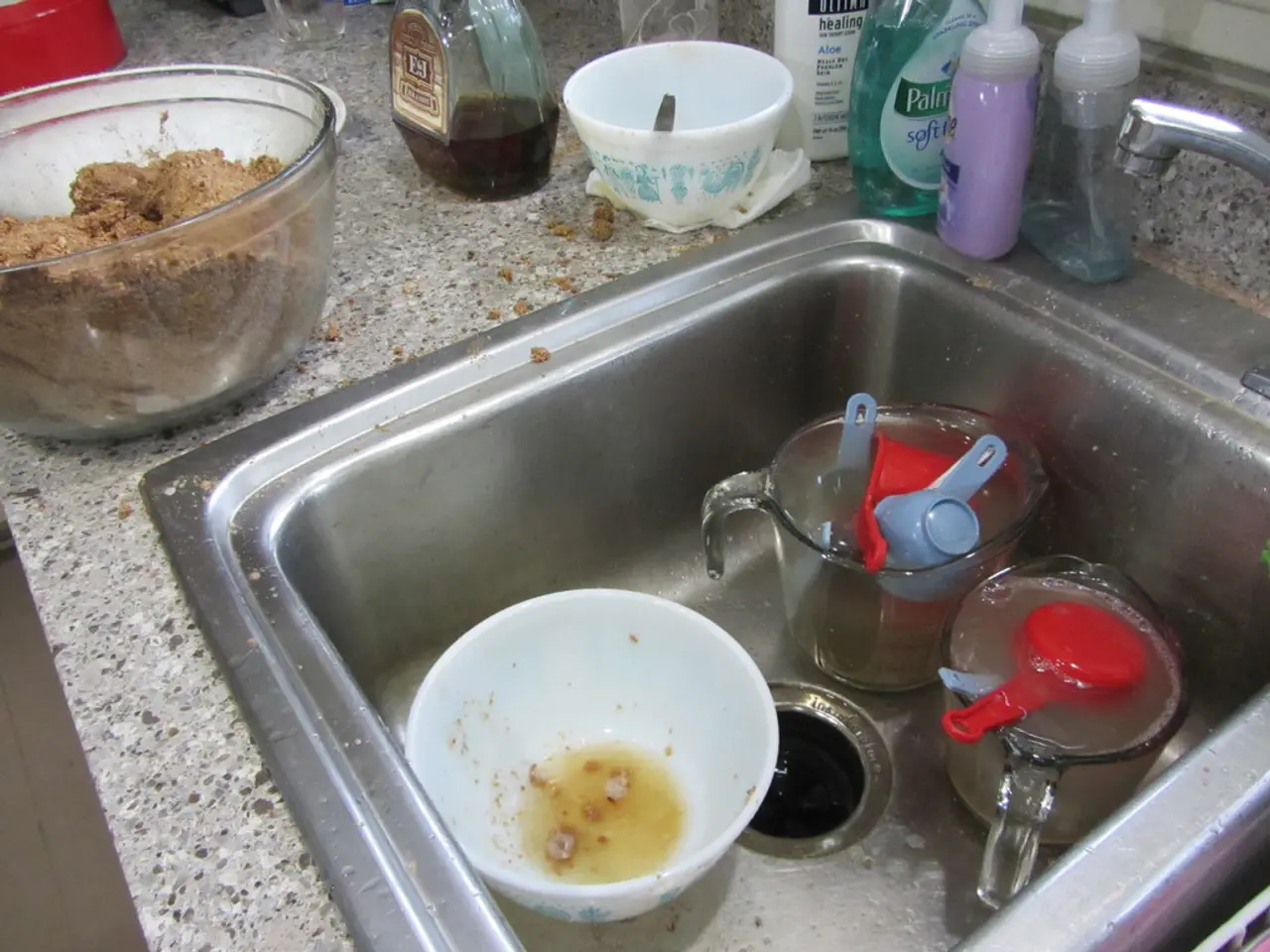tactics to implement when bringing houseplants inside during fall:
As the summer season comes to an end, it's time to prepare your houseplants for their move back indoors. Here's a step-by-step guide to help you transition your plants smoothly, focusing on repotting, pest management, and winter care.
**Repotting and Acclimation**
If your houseplants have outgrown their containers, consider repotting them either into larger pots or by dividing the plant, depending on its needs. However, a sudden move can shock your plants, causing dropped or yellowing leaves, wilt, or stem dieback. To ease the transition, lessen watering a couple of weeks before the move and reduce fertilizer a month before bringing them back inside to prevent new growth that is most prone to shock.
**Pest Management**
When moving houseplants indoors, it's crucial to check for pests to prevent infestations. Follow this inspection checklist:
1. Visual Inspection: Use a hand lens or phone zoom to closely examine the plants, checking the undersides of leaves, stems and trunks, and the soil surface for signs of pests. 2. Signs of Infestation: Look for honeydew, white powdery spots, curling or yellowing leaves, and active pests like flying insects. 3. Active Pests: Check for flying insects like whiteflies or fungus gnats.
Prevention and treatment measures include quarantining new plants, cleaning the plants, using insecticidal soap, isolating infested plants, and regular inspections.
**Winter Care**
Indoor plants during winter are dormant and not actively growing, so reduce watering a bit to prepare them for this change. Clear the top of the soil of dropped plant material, as it could harbour pests. During the cold, low-light months, any fertilizer should be well diluted or use a gentle, slow-release formula.
Before bringing houseplants back inside, start getting them adjusted a couple of weeks before the move by setting them in a dappled or low-light area to help them adapt to lower light levels and cooler temperatures. Most houseplants are tropical or desert in origin and are not winter-hardy.
Once the plant has adjusted to the indoors, fertilize as you normally do in winter, but do it sparingly. Deadhead and prune houseplants if necessary before moving them indoors. It is important to bring houseplants back inside before any freeze is threatened, ideally before temperatures are consistently 50°F (10°C).
During their time outdoors, plants can pick up hitchhikers such as aphids, whiteflies, spider mites, scale bugs, and other pests. In addition to checking for insects, lay the plant on its side and check the root ball for rodents or even snakes.
Lastly, winter is a rest period for most plants, so it's important to give houseplants the best care as they move indoors, to get them ready for the transition. This could also be a great time to take cuttings to root in water to make further plants. By following these steps, you can effectively manage and prevent pest issues in your indoor plants.
- To ensure a smooth transition for your houseplants during the home-and-garden season change, consider repotting larger plants or dividing them, but be cautious as sudden moves can cause stress, leading to dropped or yellowing leaves.
- Before bringing indoor plants back into your home, take the time to inspect for pests, such as whiteflies or fungus gnats, in preparation for winter care. Quarantine new plants, clean the plants, and employ the use of insecticidal soap to prevent infestations.




